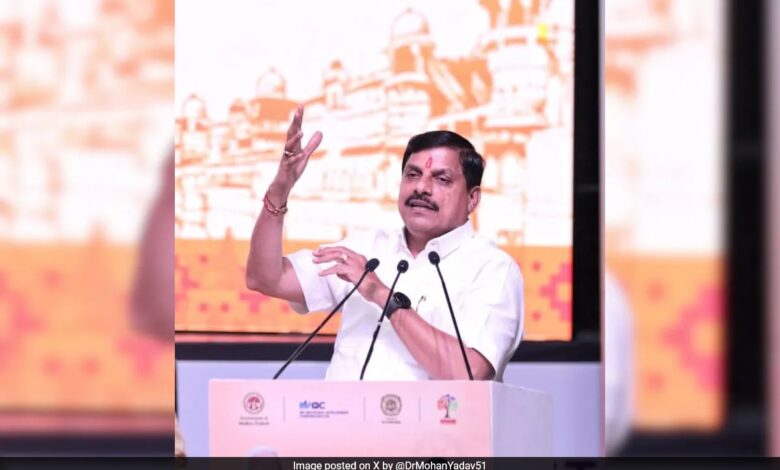
Madhya Pradesh has witnessed creation of 55 districts across the state over the years, however this expansion has not been matched by a corresponding increase in the number of administrative officers.
On the flip side, the state’s cadre of Indian Administrative Service (IAS) officers is shrinking, placing immense pressure on the current workforce. Approximately 350 IAS officers in Madhya Pradesh are now burdened with multiple responsibilities, with some managing between one to four additional charges.
This heavy workload is taking a toll on the efficiency of the state’s administration, affecting the delivery of public services.
Despite the state government’s regular announcements emphasizing the need for stricter ground-level implementation of policies, the effectiveness of these efforts is hampered by the overwhelming workloads faced by the officers tasked with execution.
There are 459 sanctioned IAS posts in Madhya Pradesh, but only 391 are currently filled, leaving 68 positions vacant. Additionally, 41 officers from the existing cadre are on central deputation, further exacerbating the shortage.
This situation raises critical questions: When will the government take steps to increase the number of IAS officers? And when will the sanctioned posts be filled to alleviate the burden on the current officers?
Retired IAS officer DS Rai has voiced concerns over the growing challenges, urging the government to end the “double-charge” system. “The government needs to address this issue and end the double-charge system. Many officers have one foot in Delhi and the other in Bhopal,” Rai remarked.
Adding to the strain, several officers in the state are seeking central deputation. The Madhya Pradesh government has already issued No Objection Certificates (NOCs) for five more officers, meaning they could be called to the central government at any moment. Moreover, 89 officers are expected to retire within the next five years, further diminishing the administrative strength. The last review of the IAS cadre in Madhya Pradesh by the central government was in August 2022, setting the cadre strength at 459, a number that has not been revised since.
Darshan Chaudhary, a Member of Parliament, acknowledged the issue, stating, “The Chief Minister is aware of this issue, and the government is working towards a solution. This problem will be resolved soon.”
Madhya Pradesh’s administrative needs are substantial. The state requires 136 IAS officers to manage its 55 districts, 55 district panchayats, 16 municipal corporations, and 10 divisions. Additionally, the state’s 56 departments typically require around eight IAS officers each, totaling 448. Including the 10 officers needed for the Chief Minister’s and Chief Secretary’s offices, the state requires a total of 594 IAS officers. The current central deputation quota for Madhya Pradesh is 99, with 41 officers already on deputation.
The shortage of IAS officers has become a focal point for criticism from the opposition, which accuses the government of intentionally neglecting this issue to favour promoted officers who might be more amenable to political influence.
Former Congress MLA Shailendra Patel stated, “The government is deliberately not addressing the shortage of IAS officers because they know they can use promoted officers to carry out their own agenda and engage in corruption.”
As the situation stands, Madhya Pradesh’s administrative framework is strained, and the state’s ability to deliver effective governance is under significant threat. The resolution of this issue will require immediate and sustained efforts from the government.







